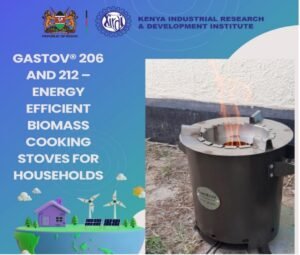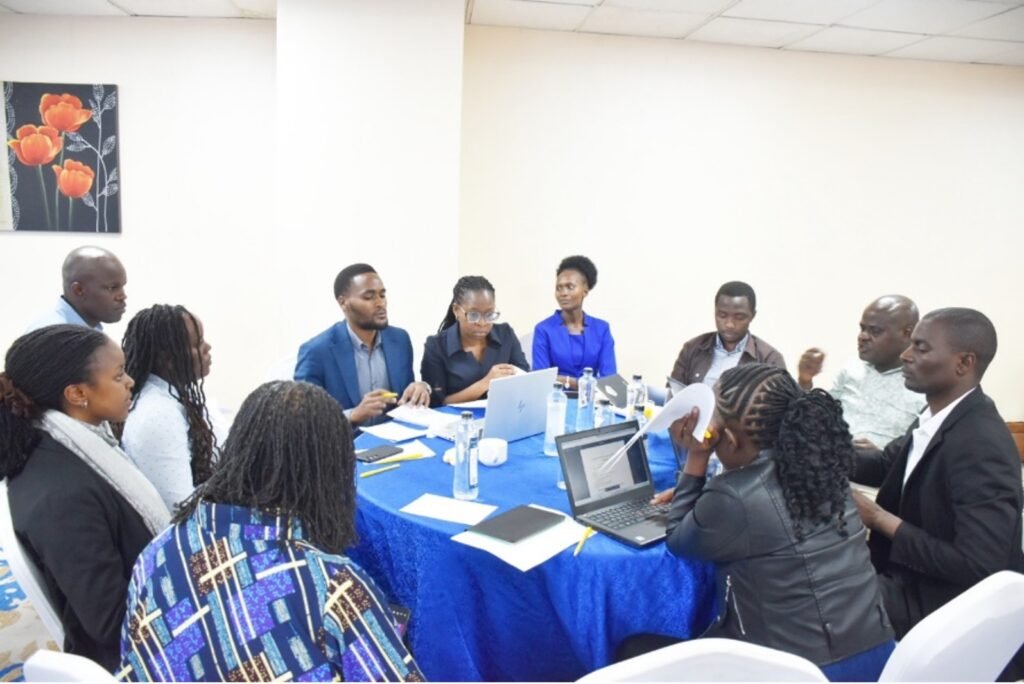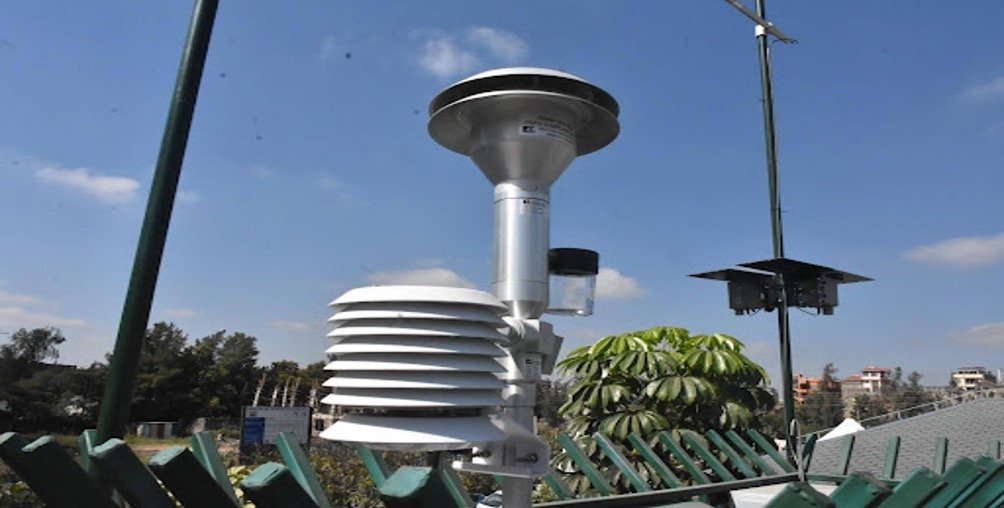In Nairobi, air quality often suffers due to vehicle emissions and industrial smoke, a common issue in Kenya’s rapidly urbanising cities. The nation’s rapid industrial growth and population surge exacerbated this air pollution crisis. The World Health Organization (WHO) has consistently highlighted the severe health risks of outdoor and indoor air pollution. WHO has warned that air pollution significantly contributes to respiratory diseases and other health challenges.
Kenya’s Regulatory Framework for Air Quality Management
Kenya has established a robust framework of air quality regulations to tackle these challenges. The National Environment Management Authority (NEMA) leads this effort. NEMA operates under the Environmental Management and Coordination Act (EMCA) of 1999. It enforces the Environmental Management and Coordination (Air Quality) Regulations 2014. These regulations aim to prevent, control, and reduce air pollution, ensuring clean and healthy air.
Kenya has set specific standards for various air pollutants, including particulate matter (PM10 and PM2.5), sulfur dioxide (SO2), nitrogen dioxide (NO2), and carbon monoxide (CO). These standards are essential for maintaining clean air. The country has also implemented vehicle emissions standards to reduce pollution from the transportation sector, including a ban on importing motor vehicles older than eight years. While this policy has increased the number of low-polluting vehicles on the roads, many older vehicles continue to operate due to weak enforcement.
Further, large-scale industrial and infrastructure projects in Kenya are required to undergo Environmental Impact Assessments (EIA) to evaluate potential air quality impacts before construction begins. This ensures that any adverse effects on air quality are identified and mitigated early in the project planning stages.
Addressing Indoor Air Pollution
Indoor air pollution, primarily caused by the burning of biomass fuels like wood, charcoal, and kerosene, is another significant concern. To address this, the government promotes cleaner cooking technologies, such as improved cooking stoves and alternative fuels like liquefied petroleum gas (LPG). These initiatives are supported by the Ministry of Energy and the Clean Cooking Association of Kenya (CCAK).

In Nairobi, the county set up the Nairobi City County Air Quality Action Plan (2019–2023) as a strategy to reduce harmful air pollution in the city. This plan includes building scientific evidence for policy interventions and raising public awareness about the health impacts of air pollution. It also includes developing effective air quality management approaches.
Challenges in implementing air quality regulations
Despite the efforts to improving air quality, Nairobi continues to experience challenges in enforcing regulation. One of the primary obstacles is the limited resources available for implementing and enforcing air quality regulations. Establishing a comprehensive network of monitoring stations and training personnel to manage these systems requires substantial financial and technical investments, which are often in short supply.
Another critical issue is the data gaps that hinder effective decision-making. Reliable and continuous data on pollution levels is essential to measure progress and make informed policy decisions. However, Nairobi’s current air quality monitoring network is sparse, making it difficult to obtain accurate and comprehensive data on pollution levels across the city.
Coordination among agencies also poses a significant challenge. Effective air quality management requires seamless collaboration between the National Environment Management Authority (NEMA) and the Nairobi City County Government. Without proper coordination, efforts can become fragmented, leading to conflicts and duplication of work, which undermines the overall effectiveness of air quality initiatives.
Public awareness is another area that needs attention. Many residents are not fully aware of how their daily activities contribute to air pollution. Neither are they aware of the severe health impacts air pollution can have. This lack of awareness limits the potential for community-driven solutions and reduces public support for necessary regulatory measures.
Ensuring compliance is a thorny issue. Air quality regulations touch on many sectors including industries, transport operators and individuals. Ensuring that they all comply requires robust enforcement mechanisms. On the flip side, there must also be incentives to encourage the adoption of cleaner practices. Without these, achieving widespread compliance is difficult, and the effectiveness of air quality regulations is significantly reduced.
Working with partners to ensure improved air quality
Nairobi City County continues to work with partners like Breathe Nairobi Initiative to combat air pollution. Recently the Breathe Nairobi Initiative organized a workshop aimed at gathering insights from key air quality stakeholders in Nairobi City. This included policymakers, policy advocates, and experts in air quality legislation.
During the workshop, participants discussed the Nairobi City County Air Quality Act and the Draft Air Quality Regulation. They also went into breakout sessions that focused on various sections of the air quality regulations and discussed the implementation framework, addressing both challenges and opportunities.

Air quality stakeholders at a workshop in Nairobi /Photo courtesy/ Source: ECAS Institute
Mr. John Paul Malawi, the NCCG Director of Environment, officially opened the workshop. He elaborated on the county’s journey in successfully developing an Air Quality Regulation for the county, aimed at strengthening the existing frameworks. He emphasized that the county government, in collaboration with its partners, is dedicated to a regulatory framework that prioritises public health, environmental sustainability, economic balance, and inclusivity. Mr. Malawi expressed his gratitude to the implementing partners and stakeholders for their unwavering support towards achieving a cleaner Nairobi, before officially opening the meeting.
Jacob Olonde, Director at the Environmental Capacities and Sustainability Institute (ECAS) emphasized the need for enforcement of air quality regulations. He highlighted the importance of technical knowledge sharing, particularly regarding air quality and clean air. Olonde stated that the updated regulations aim to reduce emissions in the city, encourage polluters to adopt emerging technologies and promote green transport to achieve a greener city.

Policymakers, policy advocates, and subject matter experts discussed ways to prevent, control, and sustain healthy air quality in Nairobi. Among them were representatives from Nairobi County, Clean Air Catalyst Projecr, the University of Nairobi, AIRQ and N-Air team.

Stakeholders having discussions at the workshop/ Source: ECAS Institute
Participants came up with the following recommendations.
- There is need to establish a unified air quality data-sharing platform for transparency and public awareness.
- Cities should expand air quality monitoring networks and adopt supervised self-monitoring for industries.
- There is need to learn from successful cities like Accra and Johannesburg to refine Nairobi’s strategies.
- Cities ought to strengthen enforcement mechanisms and align local regulations with national and international frameworks.
Call For Action
While Kenya has made developments in air quality regulations, numerous challenges persist. Inconsistent implementation of environmental regulations and a lack of air quality monitoring stations, especially outside urban areas, hinder progress. However, there are opportunities to strengthen air quality regulation. Expanding air quality monitoring networks and utilizing technologies, such as satellite data and mobile apps, can provide real-time pollution data, thereby improving decision-making and public awareness. Public participation and education are also crucial. Engaging the public on the health effects of air pollution and promoting clean solutions, such as electric vehicles and clean cooking stoves, can significantly reduce pollution at the community level. Additionally, vigorous enforcement of existing policies and the development of new laws to address emerging pollutants and technologies are essential.

A shared responsibility
The journey toward cleaner air in Nairobi is a collective effort. While the county government sets the framework, it is up to each of us to contribute – whether by adopting greener practices, pushing for policy enforcement, or raising awareness. The road to sustainable urban living may be challenging, but with commitment, Nairobi can stand out as a model of how cities can flourish while prioritising the health of their residents and the environment.

